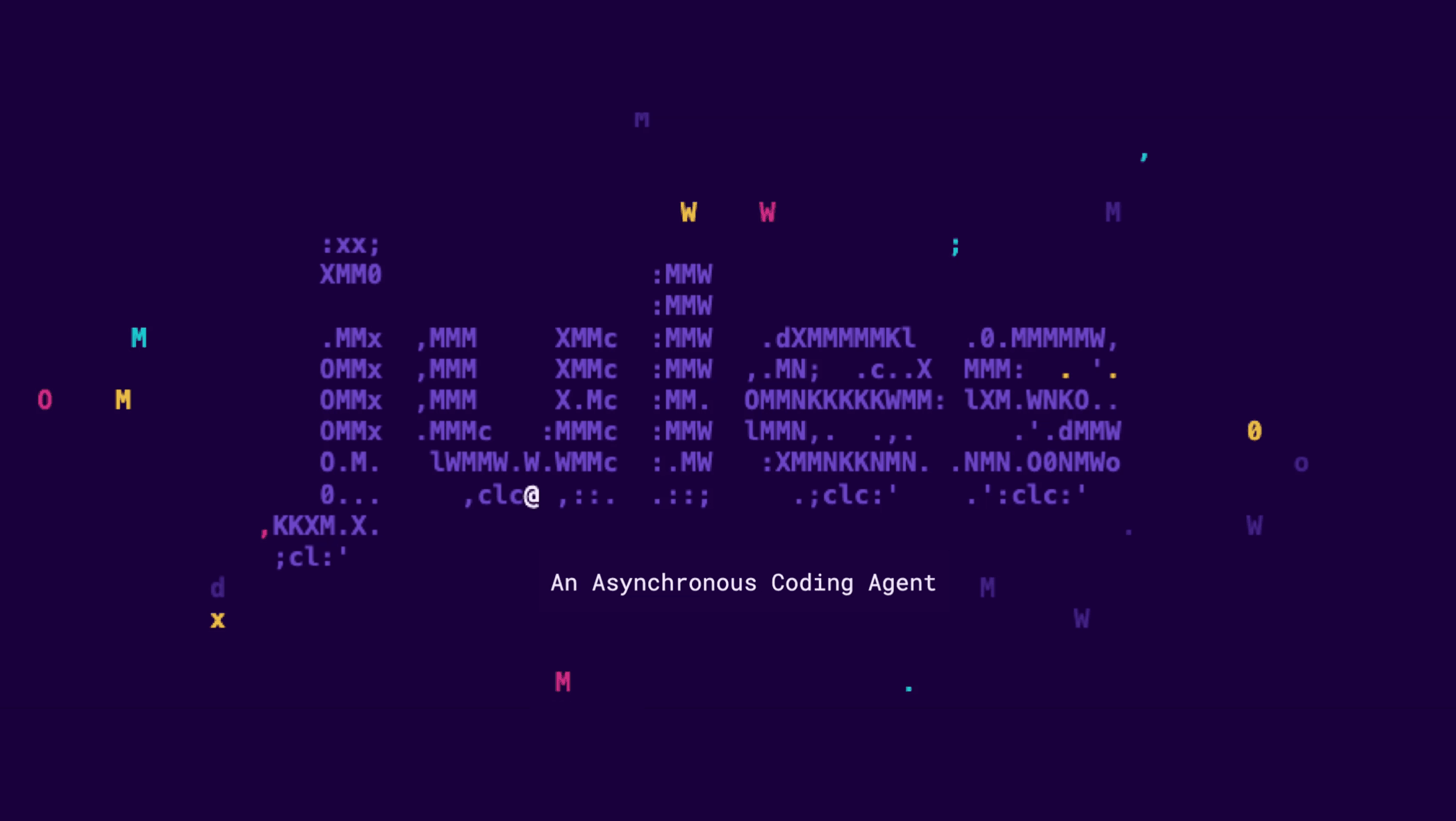
Google Launches Jules AI Coding Agent for Mainstream Developers
Google has officially released Jules, its groundbreaking AI coding agent, marking the end of its beta phase after just two months of public testing. This asynchronous coding assistant represents a significant leap forward in developer productivity tools.
What Makes Jules Different from Other AI Coding Tools
Jules operates uniquely in the AI coding landscape. Unlike synchronous tools such as Cursor, Windsurf, and Lovable, Jules runs independently in virtual machines. Developers can assign tasks and walk away, returning hours later to completed work.
The tool integrates seamlessly with GitHub, automatically cloning codebases into Google Cloud virtual machines. This approach allows developers to multitask effectively while Jules handles code fixes and updates in the background.
Pricing Structure Reflects Real-World Usage Patterns
Google introduced tiered pricing based on extensive beta testing data. The free “introductory access” plan offers 15 daily tasks with three concurrent operations. Previously, beta users enjoyed 60-task limits, but Google adjusted this based on actual usage patterns.
Paid subscribers can choose between Google AI Pro ($19.99 monthly) or Ultra ($124.99 monthly) plans. These tiers provide 5x and 20x higher limits respectively, catering to different developer needs.
Kathy Korevec, Google Labs product director, explained that pricing reflects genuine usage insights gathered during beta testing. The 15-task daily limit helps users evaluate Jules’ effectiveness on real projects.
Privacy Policy Updates Address Developer Concerns
Google clarified its data training policies following user feedback. Public repositories may contribute to AI training, while private repositories remain completely secure. No data from private projects gets transmitted for training purposes.
The company emphasized that policy changes involved language clarification rather than fundamental practice modifications. This transparency addresses developer concerns about intellectual property protection.
Beta Success Metrics Demonstrate Strong Adoption
During beta testing, Jules achieved impressive engagement numbers:
- 2.28 million global visits
- 45% mobile device usage
- Thousands of developers completing tens of thousands of tasks
- Over 140,000 publicly shared code improvements
India led traffic volume, followed by the United States and Vietnam. Mobile usage surprised Google, prompting exploration of mobile-specific features despite lacking a dedicated app.
Enhanced Features Based on User Feedback
Google added several capabilities during beta testing:
- Reusable setup configurations for faster task execution
- GitHub issues integration
- Multimodal input support
- Environment Snapshots for dependency management
- Automatic pull request creation
These improvements reflect direct user feedback and usage patterns observed during the testing phase.
Jules Addresses Modern Development Challenges
Many developers used Jules to refine “vibe-coded” projects – quickly created prototypes needing production-ready improvements. Google initially required existing codebases but quickly enabled empty repository functionality after recognizing user needs.
The tool serves two primary user groups: AI enthusiasts exploring new technologies and professional developers seeking productivity enhancements. Both groups benefit from Jules’ asynchronous operation model.
Jules represents Google’s commitment to revolutionizing software development through AI assistance. The transition from beta to general availability demonstrates the tool’s stability and market readiness. With structured pricing, enhanced privacy policies, and continuous feature improvements, Jules positions itself as a serious competitor in the AI coding assistant market.
Google’s internal adoption of Jules across multiple projects signals confidence in the tool’s capabilities. As the company pushes for broader internal usage, external developers gain access to enterprise-grade AI coding assistance.
READ ALSO: DJI Mini 5 Pro leaks reveal potential specs and design, but one big question remains









Leave a Comment
You must be logged in to post a comment